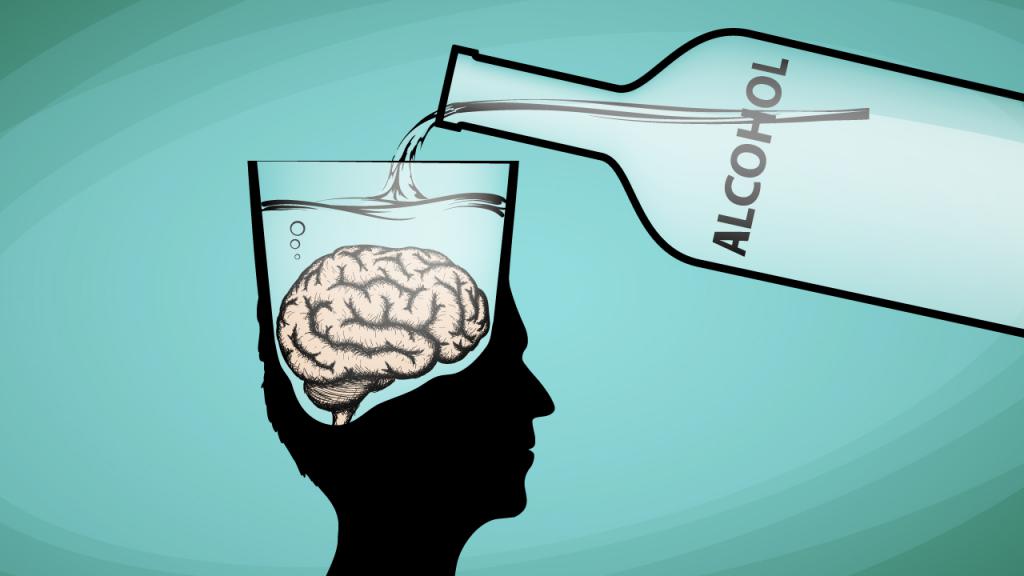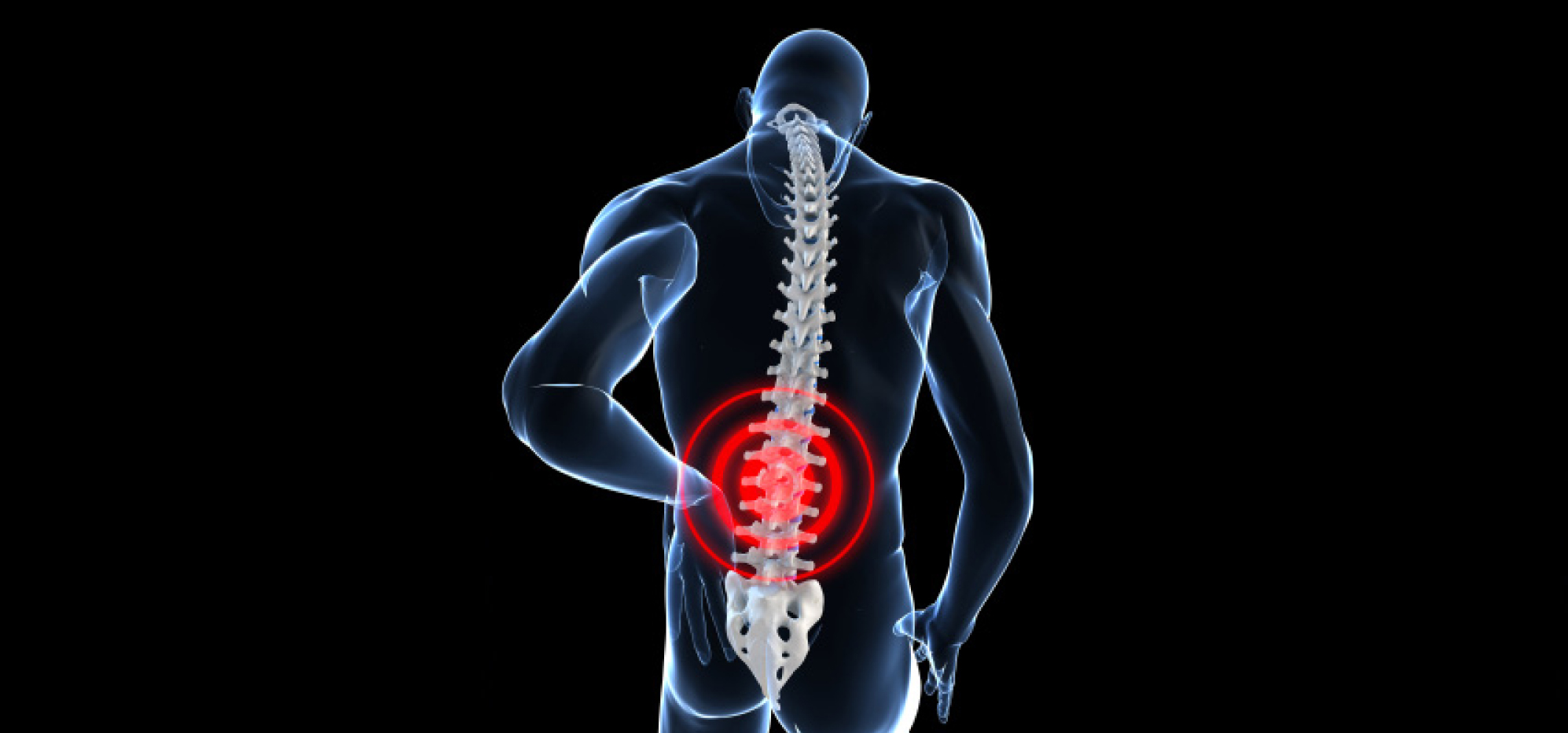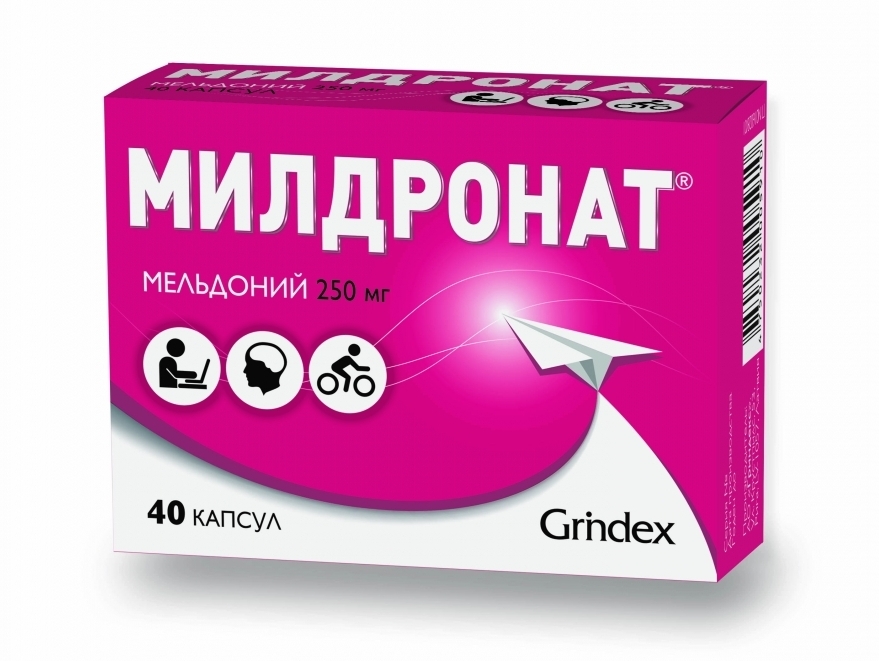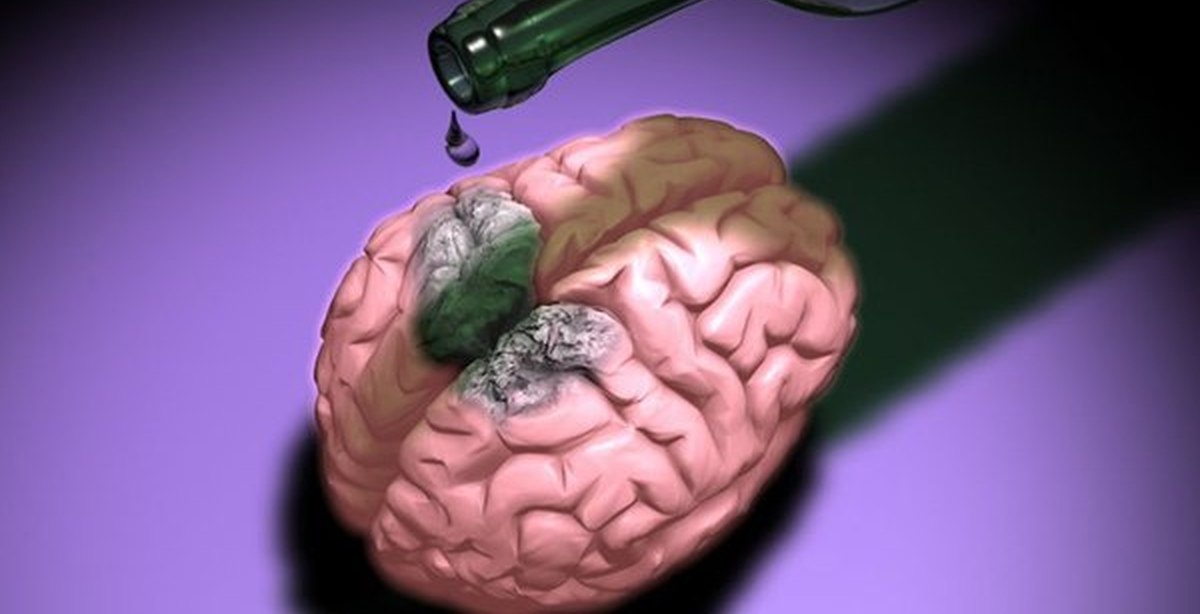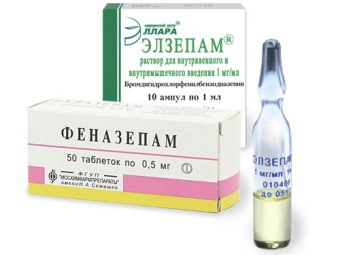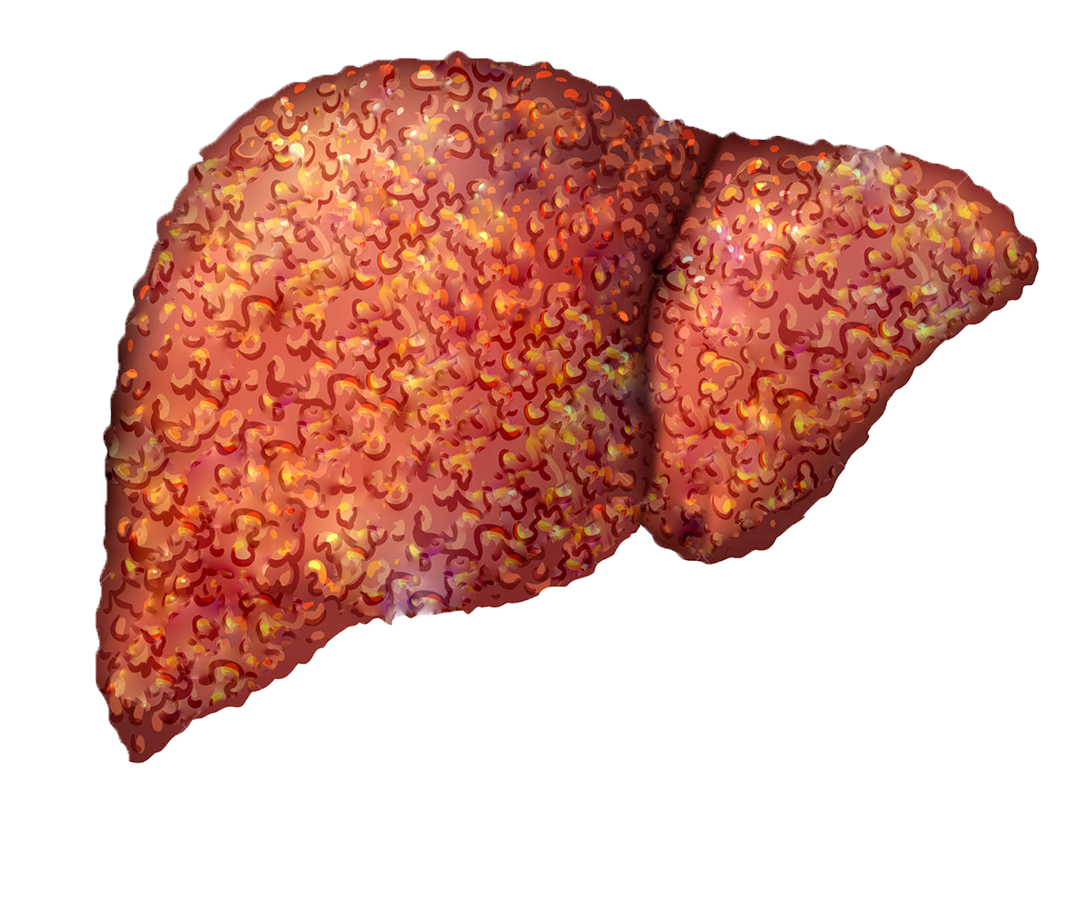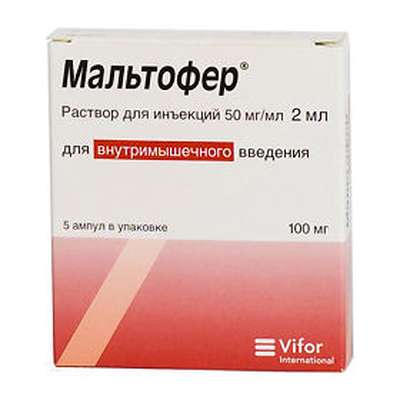Syndrome of impaired digestion. How to treat?
30 Aug 2018
Syndrome of impaired digestion (maldigestia) is a complex of intestinal symptoms caused by insufficient digestion of nutrients. Maldigestia can be gastrogenic, pancreatic and enterogenic.

Classification, etiology and pathogenesis
Disturbances in digestion are more or less characteristic of all gastroenterological diseases, in which the production of digestive enzymes and bile acids decreases.
Syndrome of impaired digestion
1. Insufficiency of the cavitary digestion:
- pancreatogenic insufficiency of digestion;
- deficiency of bile acids;
- gastrogenic insufficiency of digestion.
2. Lack of membrane digestion:
- disruption of adsorption of pancreatic enzymes;
- deficiency of intestinal enzymes.
Disturbances in digestion can be associated with insufficiency of cavitary and membrane hydrolysis of food proteins, fats and carbohydrates. The most severe violations of cavitary digestion are observed in diseases of the pancreas with exocrine insufficiency. Pancreatic insufficiency develops as a result of a decrease in functioning pancreatic tissue in patients with chronic pancreatitis and pancreatic cancer.
The external secretory function of the pancreas is disrupted with a decrease in the secretion of pancreosimin, secretin and enterokinase in the mucosa of the duodenum when it is atrophy. In addition, the activity of enterokinase and pancreatic enzymes in the cavity of the small intestine decreases with the pH shifting in the lumen of the small intestine to the acid side. Intestinal digestion is also disturbed in the absence of sufficient bile acids necessary for digestion of fat (cirrhosis of the liver, mechanical jaundice, ileal resection, excessive growth of microbes in the small intestine).
The inadequacy of membrane digestion occurs when the intestinal enzymes themselves are deficient and the adsorption of pancreatic enzymes decreases on the membrane of the brush border of the enterocytes.
Clinics
Patients complain of bloating, excessive gas formation, sensation of transfusion and rumbling in the abdomen. In more severe cases, there is polyphecal, steatorrhea, diarrhea and weight loss. Nevertheless, trophic disorders (dry skin, dullness and brittle nails and hair, cracks in the corners of the lips and in the tongue, etc.) with the syndrome of impaired digestion practically do not develop. This is the fundamental difference between the syndrome of maldigestia and the syndrome of impaired absorption.
In patients with chronic pancreatitis with severe impairment of the exocrine function of the pancreas, the volume of the stool increases, and the content of fat, muscle fibers and starch is increased. In diseases of the liver and bile ducts, accompanied by a deficiency of bile acids, digestion of fats is also disrupted and more or less pronounced steatorrhea appears. The cause of maldigestia in patients with secretory gastric insufficiency or after operations on it is excessive bacterial growth in the upper parts of the small intestine and a violation of contact between the chyme and digestive juices.
The inadequacy of membrane digestion is clinically manifested by poor tolerance of nutrients containing those oligomers whose digestion is impaired. Food intolerance, caused by a lack of membrane digestion, develops only when there is a deficit of intestinal (membrane) enzymes. Most often it is a deficiency of intestinal carbohydrases and poor tolerance of lactose (milk sugar), trehalose (disaccharide contained in mushrooms), sucrose and other disaccharides.
In patients with atrophy of the small intestine mucosa, violations of the membrane digestion are combined with impaired absorption.
Diagnosis, differential diagnosis
A simplest method of laboratory evaluation of the effectiveness of digestive processes is a coprological study. Disorders of digestion are accompanied by an increase in the daily volume of feces, the appearance in it of a large number of muscle fibers, corks of starch, drops of fat. One of the early symptoms of a violation of digestion of nutrients is steatorrhea. The feces become greasy, shiny, and sticky. At a microscopic examination, droplets of fat are visible. A more accurate representation of the degree of steatorrhea can be obtained by examining the fat content in the daily amount of stool according to the Van de Camera method. With pancreatic insufficiency, the amount of undigested fat, mostly neutral, exceeds 5-7 g.
In patients with insufficient digestion and absorption, favorable conditions are created for the reproduction of microbial flora in the upper parts of the small intestine. This is facilitated by the slow utilization of chyme, motor disorders and decreased production of lysozyme by enterocytes. Therefore, an important method of diagnosing maldigestia is to determine the amount and composition of microbes in intestinal juice.
A characteristic symptom of the failure of membrane digestion is the intolerance of food products, for example milk, sugar, fungi and other carbohydrates containing disaccharides. Unlike maldigestii of any origin for malabsorption syndrome, the main clinical symptoms are trophic disorders, not so much quantitative (weight loss) as qualitative ones. These include changes in the skin and its appendages, signs of a deficiency in the body of microelements, vitamins and other biologically active substances. Differential diagnostics is assisted by histological and histochemical studies of the small intestine mucosa.
Treatment
In the complex therapy of intestinal digestion disorders, dietary nutrition plays a leading role, the characteristics of which depend on the underlying disease and the severity of intestinal disorders. Food should be mechanically sparing, contain an increased amount of protein (100-150 g) and carbohydrates (400-500 g), a reduced amount of fat (30-40 g). Excluded from the diet are hard-to-digest fats, raw vegetables and fruits. If milk, sugar, mushrooms or starch is poorly tolerated, an appropriate individual - elimination diet - is prescribed.
Medicamental therapy should be aimed at improving intestinal digestion, suppressing pathogenic microflora and regulating motor function.
With pancreatogenic steatorrhea, a good therapeutic effect is provided by the enzymes of the pancreas Creon, Mezim Forte and others.
In hepatogenic steatorrhea, preparations containing components of bile besides enzymes (Penzinorm forte, Digestal, Festal, Enzistal, etc.) are recommended. The effectiveness of substitution treatment with enzyme preparations is determined primarily by the choice of the optimal dose.
Of the regulators of motor activity are most effective in digestion disorders of Dicetel and Duspatalin.
In patients with impaired digestion, dysbiosis almost always develops.
Treatment of dysbacteriosis should be carried out taking into account the characteristics of the underlying disease. It includes:
- application of intestinal antiseptics in order to eliminate excess bacterial colonization of the intestine -with a conditionally pathogenic microflora;
- restoration of normal microbial flora of the intestines with the help of probiotics;
- enterosorbents;
- stimulation of the organism's reactivity.
Intestinal antiseptics
These drugs have a less harmful effect on symbiotic microbial flora than antibiotics. These include Intetriks, Ersefuril, Nitroxoline, Furazolidon, etc. Antibacterials are prescribed for 10-14 days. The use of an antibiotic is justified as a backup.
Probiotics
Probiotics were most widely used: Linex, Bifidumbacterin, Probiophore. The course of treatment should last 1-2 months.
Enterosorbents
This group of drugs does not inhibit the normal intestinal microflora. Their disadvantage is the indiscriminate sorption of opportunistic pathogenic microflora and its toxins. Preparations are prescribed by short courses from 5 to 10 days. Enterosorbents are used only as a monotherapy; can inactivate the action of other drugs. These include: Filtrum, Lactofiltrum (1 tablet 3-4 times a day), Enterosgel (1 tbsp., Dissolving in 1/4 cup water, 3 times a day).
Stimulants of body reactivity
To improve the reactivity of the weakened patients, it is advisable to apply Gepon, Timalin, Timogen, Immunal, Immunophane and other immunostimulating agents. The course of treatment should last for an average of 4 weeks. At the same time prescribe vitamins.

 Cart
Cart

